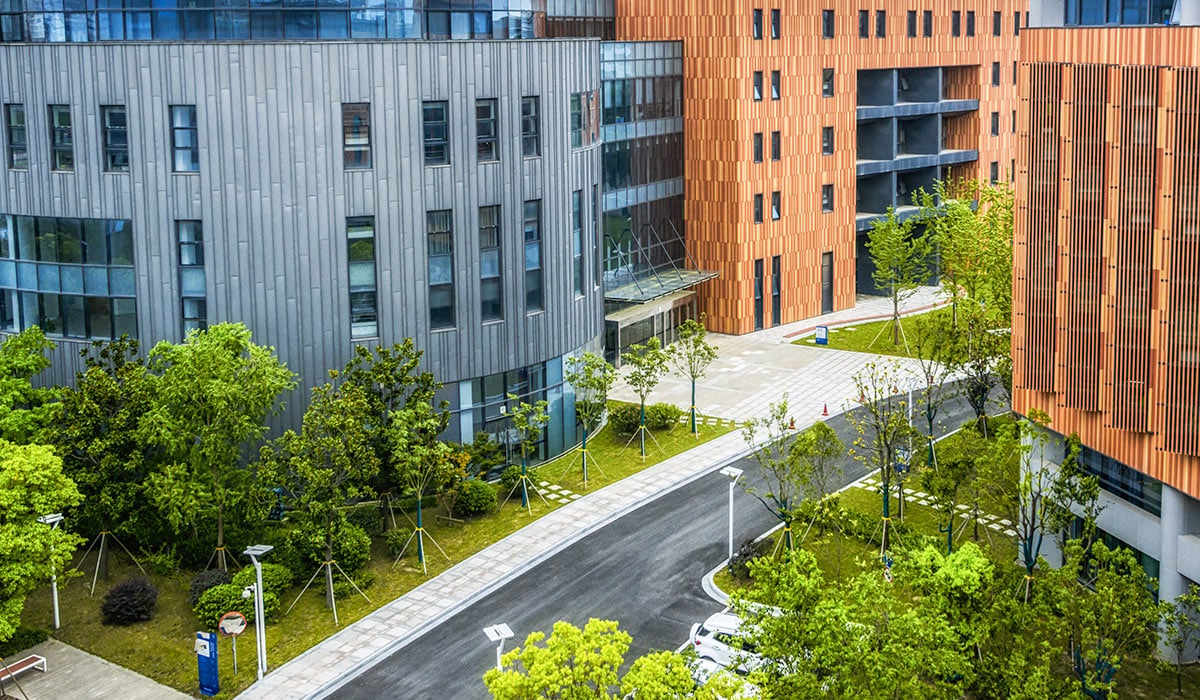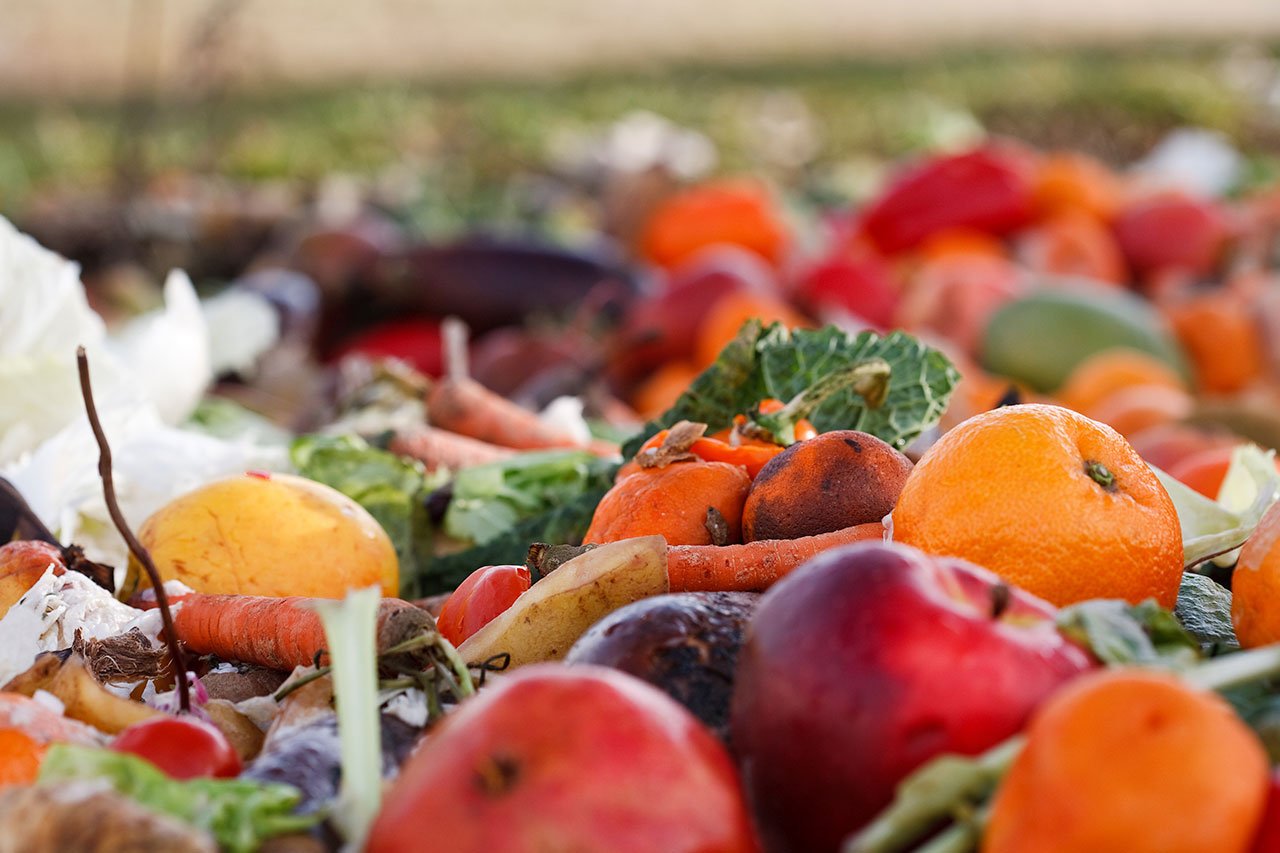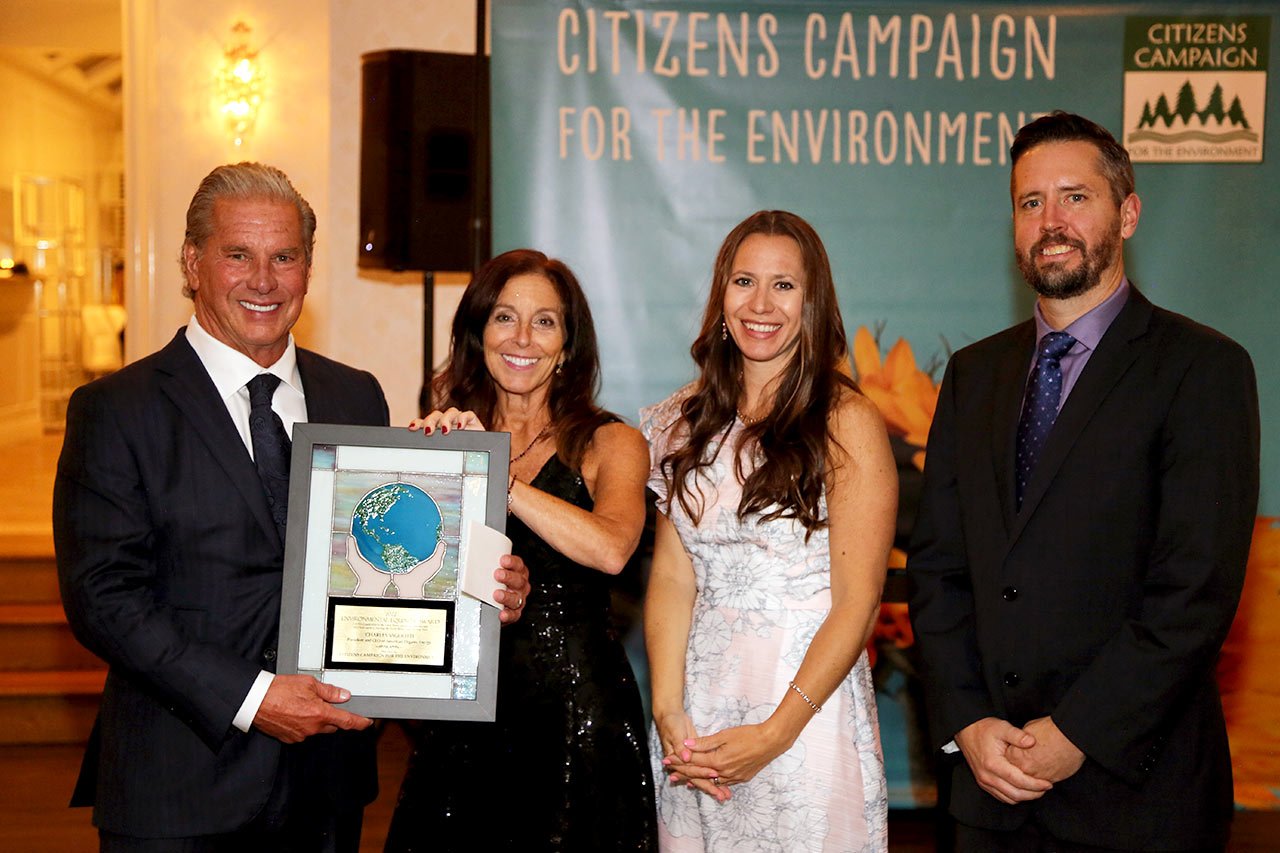In addition to upending the global economy and impacting the health and safety of countless people around the world, the novel coronavirus (COVID-19) pandemic also negatively affected innumerable initiatives aimed at curbing the disastrous ramifications of our collective, ever-warming climate.
In New York, for example, myriad green roof projects were halted altogether. Despite the environmental promise of such efforts, however, COVID-19 has somewhat surprisingly illuminated yet another of their advantages: the need for urban green spaces, where infectious diseases have a more difficult time spreading. For all these reasons and more, a new analysis by U.K.-based market research firm Technavio expects the green roof market to surge by a whopping $8.8 billion between 2021 and 2025.
Green roofs offer a host of potential economic, environmental, and educational benefits that may be especially advantageous in a post-COVID-19 world. Here’s a brief summary of several promising initiatives regarding installation atop public schools, advantages, and success stories.
Proposed Legislation Promotes Green Roofs for Schools
In July 2020, U.S. Rep. Nydia M. Velázquez (D-NY) authored a bill that would dedicate $500 million in federal funds throughout four years to the planning, installation, and maintenance of green roofs at public schools via a grant program overseen by the U.S. Department of Energy. She reintroduced this legislation in 2021. Known as the Public School Green Rooftop Program, it is designed to provide both environmental and educational benefits. This may be particularly impactful in urban areas with more limited green space, such as New York City.
Many organizations have endorsed the bill, including nonprofits The Nature Conservancy, National Resources Defense Council, New York City Audubon, Green Roofs for Healthy Cities, The HOPE Program, The New School Urban Systems Labs, Riverkeeper, New York League of Conservation Voters, and many more.
Benefits of Green Roofs for Public Schools
Green roofs can save money, improve the environment, provide learning opportunities, and support healthy educational spaces.
Estimates suggest implementing green roofs may save schools up to $41,587 in electricity costs. In addition, they typically last significantly longer than traditional roofs, averaging a 40-year lifespan compared to the 15-year life expectancy of a traditional roof.
Green roofs can also significantly improve the environment in urban areas by cutting carbon emissions, reducing the heat island effect, improving stormwater management, and supporting wildlife. This means widespread green roof installation across public schools could help communities combat climate change, maintain a more stable temperature, enjoy cleaner air and water, and support wildlife.
Furthermore, green roofs provide valuable green space within crowded cities. When installed at schools, this gives students a resource to learn about biology, sustainability, and their real-world applications, without a time-consuming field trip.
The COVID-19 pandemic highlighted additional potential advantages of green roofs. Experts believe that this virus is less likely to spread outdoors—meaning open-air classrooms could be safer alternatives to indoors learning. Additionally, green roofs may enhance HVAC performance and lifespan, thereby potentially improving indoor air quality. Since good ventilation is thought to be critical to reducing the spread of COVID-19, well-functioning HVAC systems are increasingly important.
Success Stories
If the proposed legislation passes, green roof installation at public school buildings will likely skyrocket. However, there are already examples of successes in the New York area.
At 15,000 square feet, the PS 41 Green Roof Environmental Literacy Laboratory (GELL) is the largest public school green roof in New York City. In addition to serving as an area for outdoor learning, the roof has decreased the school’s greenhouse gas emissions by an estimated 32.7%, reduced energy usage by 27.8%, and sequestered approximately 182,250 gallons of stormwater each year.
Other local initiatives also provide learning opportunities and environmental benefits. Kingsland Wildflowers at Broadway Stages, City Growers, GrowNYC, and others offer educational programs utilizing green roofs. Installing green roofs on public school buildings would increase access to similar opportunities, while protecting the environment and supporting local communities.
Not only do green roofs help cut costs and combat climate change, but they also provide students with valuable green space in cities with high population densities. This enables them to enjoy the outdoors while learning more about environmental sciences.
Long Island Compost is one of the leading green roof developers in the New York metropolitan area.








